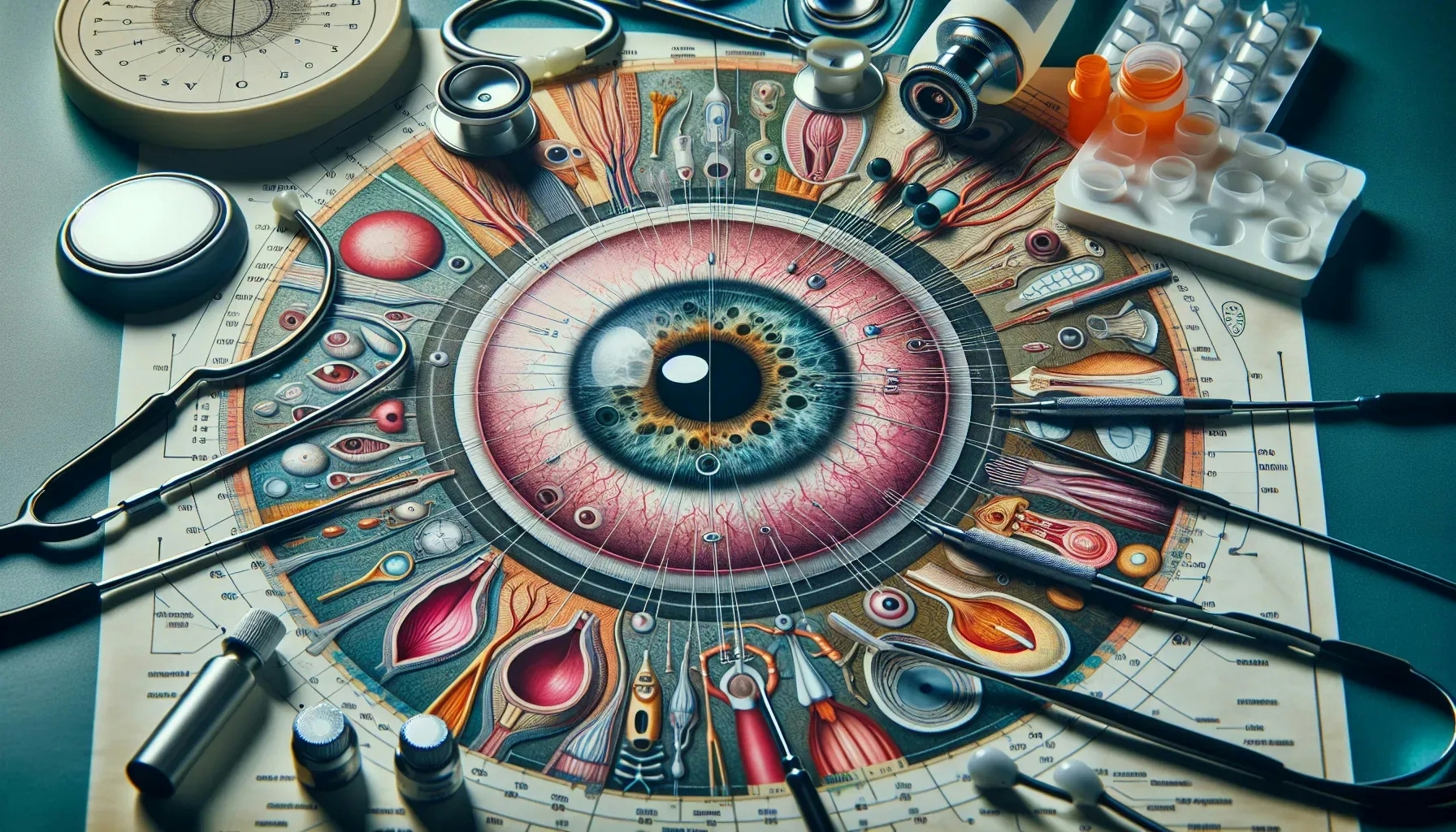How Do Optometrists Explain Complex Eye Conditions to Patients?
Optometry Magazine

How Do Optometrists Explain Complex Eye Conditions to Patients?
When it comes to elucidating the intricacies of eye conditions to those affected, an Optometrist emphasizes the importance of clarity and empathy. Alongside expert perspectives, we've gathered six additional answers that showcase diverse and effective communication strategies. From employing everyday metaphors to using animated videos, these insights offer a spectrum of methods to ensure patients grasp their diagnoses.
- Use Clarity and Empathy
- Guide with Reputable Sources
- Illustrate with Brochures
- Educate Using 3D Models
- Compare Healthy vs. Afflicted Eyes
- Explain with Animated Videos
- Employ Everyday Metaphors
Use Clarity and Empathy
As an optometrist at a bespoke practice, my approach to explaining complex eye conditions to patients is anchored in clarity and empathy. I prioritize breaking down medical jargon into simple, relatable terms, ensuring that patients fully grasp the nature of their condition. For instance, when discussing glaucoma, I often compare the eye to a sink where the drain is partially clogged, leading to increased pressure. This analogy helps patients visualize why managing intraocular pressure is crucial for preventing damage to the optic nerve. I also use visual aids, such as diagrams and models, to provide a tangible understanding of the eye's anatomy and the impact of various conditions. Successful explanations are evident when patients can articulate their understanding and express a sense of ease about their treatment plan. It's gratifying to see the relief and confidence in my patients when they understand their condition, reinforcing the importance of effective communication in patient care.
Guide with Reputable Sources
I like to tell my patients the medical name of the condition I suspect and look it up in front of them on the internet. I know they are going to look it up on their own; I might as well direct them to a reputable source. I show my patients images or scans that we took in the office to show them where the problem lies. I find this approach particularly useful while explaining diabetic retinopathy. Patients can see the blood and changes on the retinal photos directly, and in some cases, the macular edema noted on OCT scans. This has helped me explain the importance and, in some cases, the urgency for patients to consult and seek prompt treatment from a retina specialist.
Illustrate with Brochures
Optometrists frequently use illustrated brochures as a visual aid to help patients better understand their eye conditions. These brochures often contain simplified images and explanations that break down the complexities of eye diseases into more digestible information. This allows the patient to see, step by step, how their condition may affect their vision and what the anatomy of the issue looks like.
The illustrations help paint a clearer picture, which can be particularly helpful for individuals who might find medical jargon intimidating or confusing. Patients are encouraged to take these brochures home, study them, and jot down any questions they may have for their next appointment.
Educate Using 3D Models
The use of interactive 3D models is becoming increasingly common in optometry for explaining eye conditions. These models offer a tangible way for patients to understand the structure of the eye and how it can be impacted by various diseases. By manipulating the model, patients can see how different parts of the eye work together, which aspects are affected by their condition, and how treatments might target these areas.
This hands-on experience can make the information more memorable and less abstract. Patients can feel empowered by this knowledge, and are urged to ask more detailed questions now that they have a foundational understanding.
Compare Healthy vs. Afflicted Eyes
Clarifying the difference between a healthy eye and one with an affliction, optometrists often use side-by-side diagrams. These diagrams serve as a comparative tool that illustrates the specific changes occurring within an eye that is suffering from a certain condition. By visually guiding the patient through the physical alterations, they offer a clear and direct understanding of what's going wrong.
This method provides the patient with a baseline for what is normal versus the impact of their condition. With this information, patients are motivated to inquire how they can maintain or improve the health of their eyes.
Explain with Animated Videos
Animated videos are a dynamic and engaging way for optometrists to present the progression of eye conditions to their patients. The animation takes the viewer on a journey through each stage of the condition, showing how it may start, develop, and what the potential outcomes could be. These videos cater to auditory and visual learning styles, often including both narration and illustrative graphics.
This approach helps the patient visualize the condition’s development over time. After watching these videos, patients should feel comfortable discussing their individual concerns and potential preventative methods with their optometrist.
Employ Everyday Metaphors
To make complex eye conditions relatable, optometrists might employ metaphorical language that ties the explanations to everyday experiences. This involves comparing aspects of the eye's function to common objects or occurrences that patients already understand, thereby providing a familiar framework for grasping medical concepts. For instance, comparing a cataract to a clouded window can help patients imagine how vision can be obscured.
Such metaphors can demystify technical details and foster a deeper intuitive understanding. It is beneficial for patients to reflect on these analogies and bring any clarifying questions they might have to their next consultation.